From 3.5 percent in 2012 to 7.1 percent today. Coming soon to an Internet message board near you: “Are the COVID vaccines turning people gay?”
They aren’t. I think it’s pretty clear what’s going on here, as I explained last year when Gallup published the 2020 data for this same survey. What’s noteworthy about today’s poll isn’t that something novel is happening, it’s that already existing trends are accelerating.
Or at least, they seem to be accelerating. The “gaying of America” is less a matter of more people in each generation coming out (although it is to some small extent) than one of population replacement. The youngest adults, who are far more likely to call themselves LGBT, are replacing the oldest ones in the population. Per Gallup, “Gen Z adults made up 7% of Gallup’s 2017 national sample, but in 2021 accounted for 12% as more from that generation reached age 18 over the past four years. In contrast, the proportion of those born before 1946 has fallen from 11% in 2017 to 8%.”
Let’s look at the trends. Top is Gallup’s data from 2020, bottom is today’s new data from 2021:


Pretty stable among the four oldest age demographics. But check out the movement among Generation Z, a.k.a. Zoomers. More than one-fifth of the youngest American adults now identify as LGBT, up almost five points in just a year. How to explain that bounce? It’s not necessarily driven by people who didn’t think of themselves as LGBT last year suddenly “discovering” their identity, I suspect. Rather, it may be that people who were underaged last year are much more likely to identify as LGBT than older members of the Zoomer demographic are. In other words, it might be that, say, 15 percent of those aged 24 last year called themselves LGBT while more like *25 percent* of those aged 17 did so. This year, those 17-year-olds are now adults and are included in this sample, boosting the overall share of LGBTers among Generation Z in the poll.
If it’s true that today’s teenaged minors are especially open to identifying as LGBT, the percentage of LGBT Zoomers may continue to rise for years to come as those people age into adulthood.
But let’s look deeper. “LGBT” is an umbrella term for a diverse group of sexual orientations. Are people who identify that way equally divided among gay, lesbian, bisexual, and trans?
Not by a longshot. More than half of the group — nearly 57 percent — identify as “bisexual.” Again, we’ll compare last year’s demographic data to this year’s:


There have been some modest increases in the L, G, and T cohorts. But the most notable increase once again comes from Zoomers and it’s in the category of bisexuality. Note the gender split in the bottom table too, with women three times as likely as men to identify as bisexual. Last year 4.3 percent of women and 1.8 percent of men identified that way. The gender gap in bisexuality is growing.
I repeat my theory from last February, then: “Many of the self-identified bisexuals in this poll are women who are mostly attracted to men, have had one or more same-sex experiences at some point, but feel more comfortable than older women do in identifying as bi because of growing cultural acceptance for nontraditional sexual identifies over the last 20 years.” There may be (and probably is) more same-sex experimentation among younger adults today than there used to be as the taboo against those experiments fades. But to some degree, the rise in women identifying as “bisexual” may be a matter of self-labeling more so than of behavior. Ten years ago, a college student who fooled around with a same-sex friend and then never did it again may have still considered herself straight. Whereas now, in an era when gay marriage is legal and gays are far, far more visible in popular culture, someone in the same position might identify as bi.
In fact, since all of Gallup’s data is based on self-identification rather than behavior, it’s unclear which criteria people are using in measuring their sexuality. A woman who finds other women attractive but hasn’t had a same-sex experience might consider herself bisexual. The eroding stigma against same-sex relationships is doubtless influencing both sexual conduct and sexual identity but it’s anyone’s guess in which proportions. There are doubtless more committed bisexuals, i.e. people who date both men and women, but also probably more one-time bisexuals and more bisexuals who feel attraction to people of their own sex but haven’t acted on it. Decide for yourself if any of those subgroups count as “Bisexual In Name Only.” And wonder at how many people in previous generations would have identified as bisexual if the stigma against such things wasn’t as strong when they were growing up.
Exit question: Will data like Gallup’s encourage more Republican bills like Florida’s “Don’t Say Gay” law? If the strength or weakness of the stigma against LGBT groups is a factor in how many young adults identify that way, expect social conservatives to be keen to do what they can to ratchet that stigma back up.
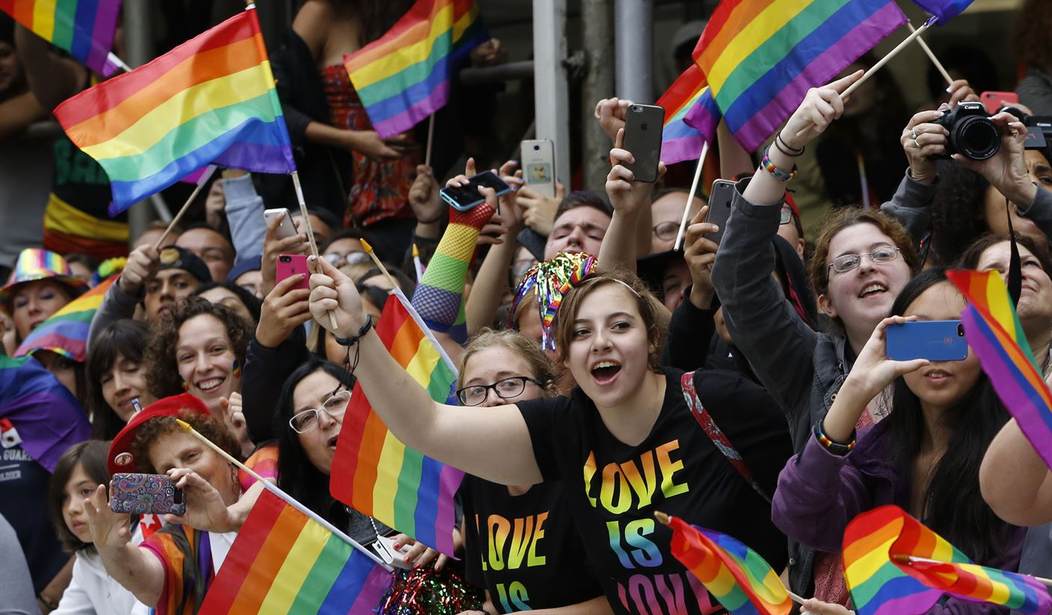
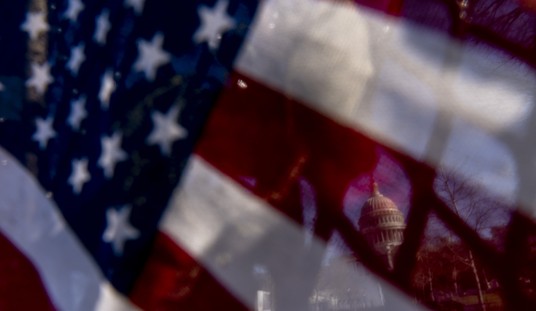
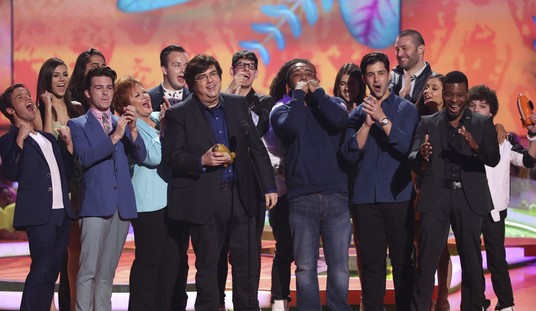
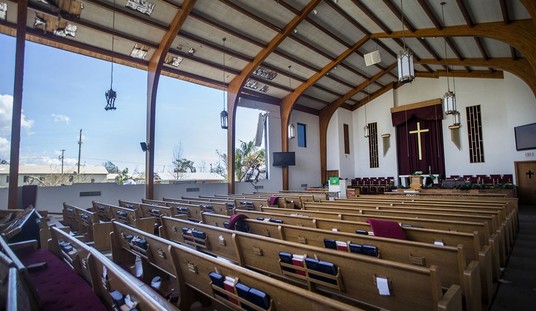

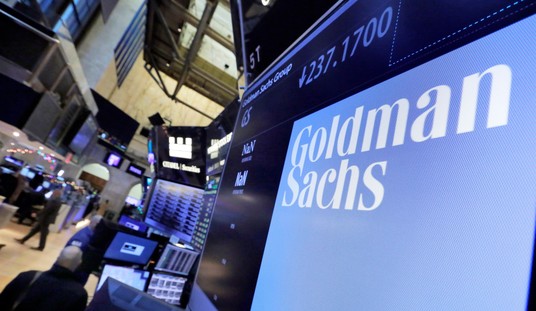


Join the conversation as a VIP Member